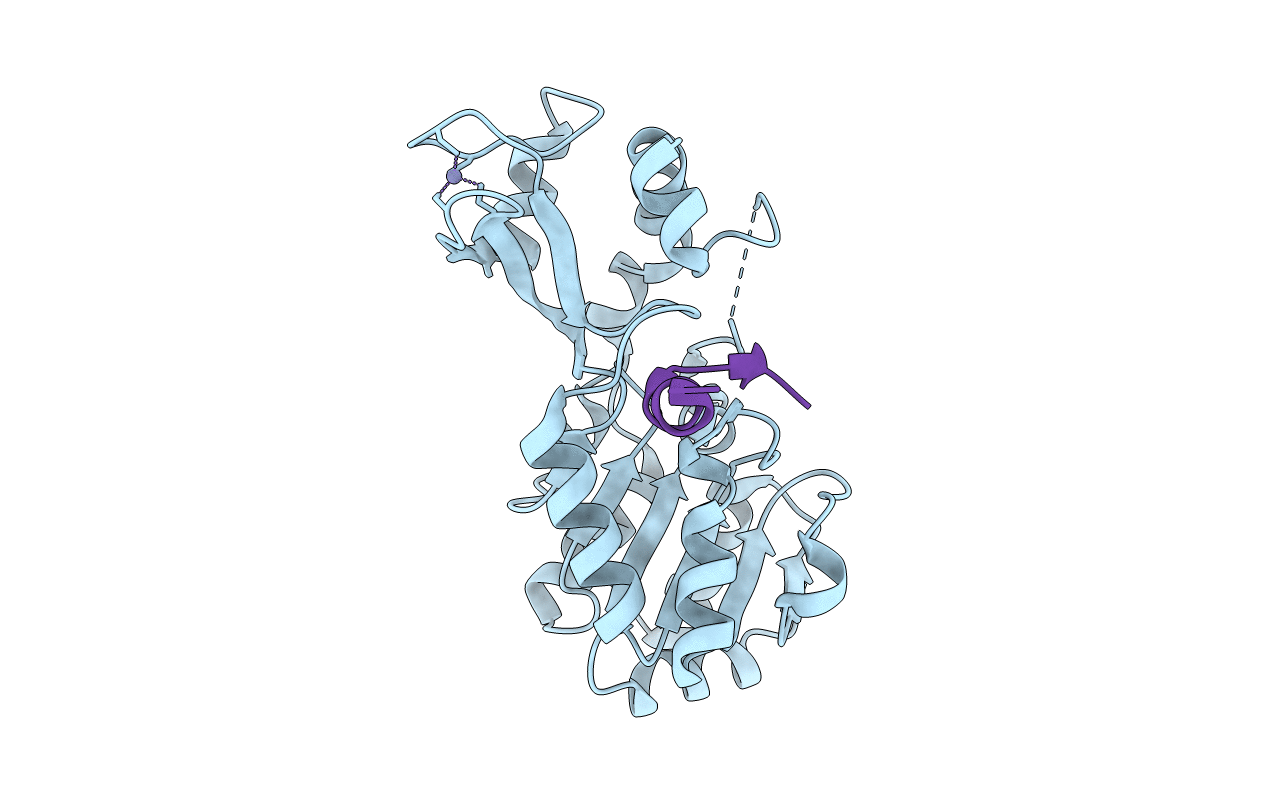
Deposition Date
2010-10-22
Release Date
2011-01-19
Last Version Date
2023-09-06
Entry Detail
Biological Source:
Source Organism:
Thermotoga maritima (Taxon ID: 2336)
Host Organism:
Method Details:
Experimental Method:
Resolution:
1.80 Å
R-Value Free:
0.21
R-Value Work:
0.16
R-Value Observed:
0.16
Space Group:
P 21 21 21


